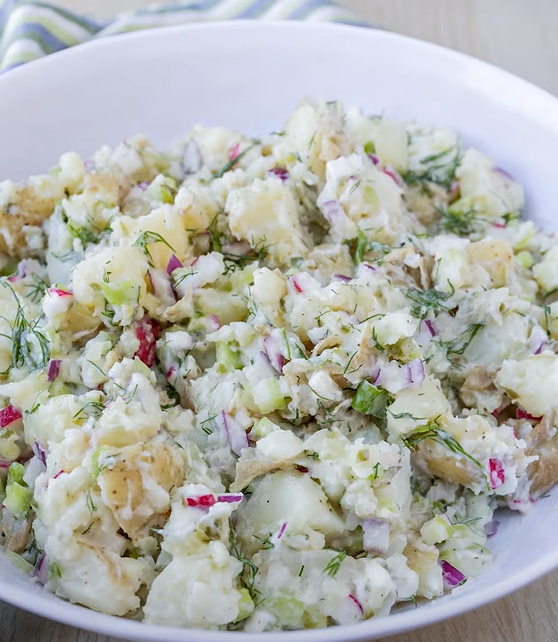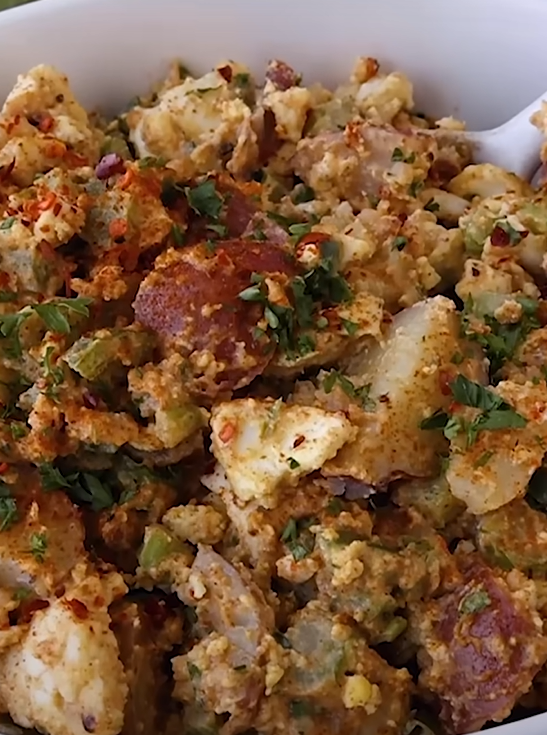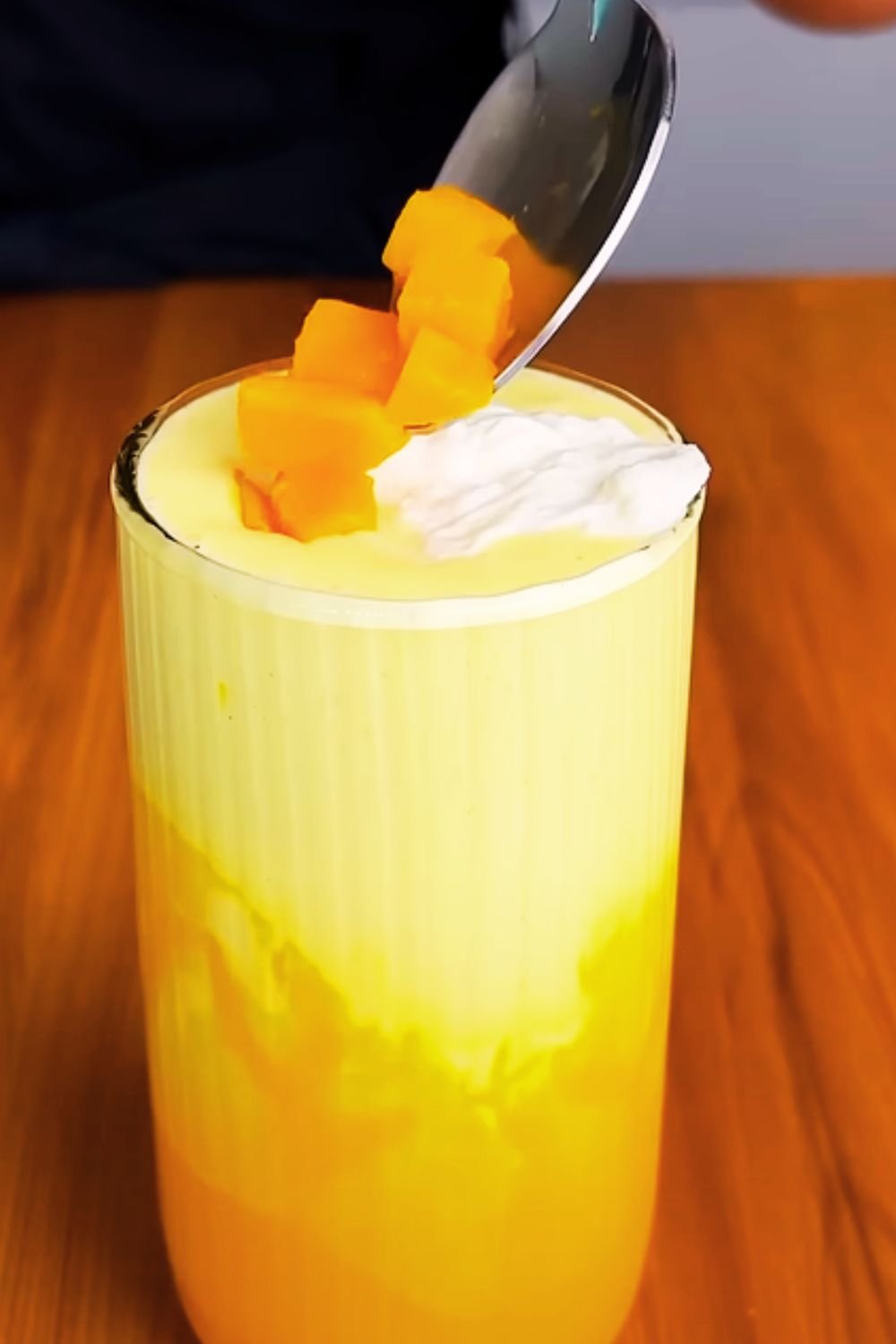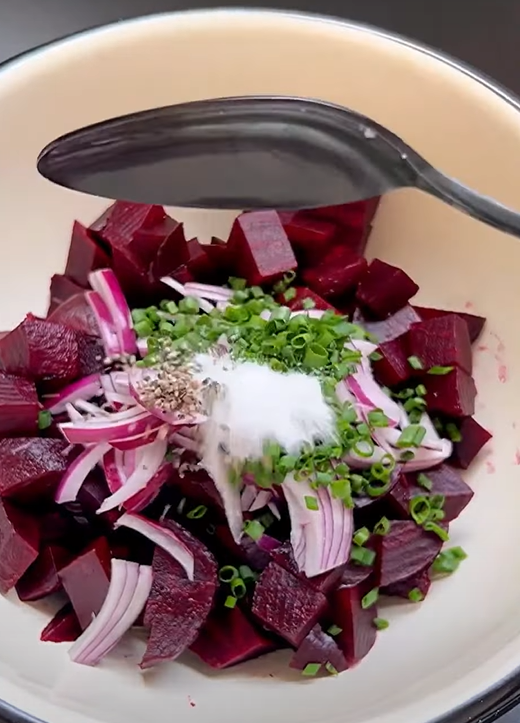When I first stumbled upon the concept of Big Blue Monster Stuffed Cookies, I knew I had discovered something special. These aren’t your ordinary cookies – they’re a delightful fusion of nostalgia, creativity, and pure indulgence that brings out the child in everyone who takes a bite. The vibrant blue color, combined with the surprise stuffing inside, creates an experience that’s as visually stunning as it is delicious.
My journey with these cookies began during a particularly challenging week when I needed something fun and cheerful to lift my spirits. The moment I pulled that first batch from the oven, with their perfectly cracked surfaces revealing hints of the treasure within, I knew I had created something magical. The combination of textures, flavors, and that unmistakable blue hue makes these cookies an instant conversation starter at any gathering.
Understanding the Magic Behind Big Blue Monster Cookies
Monster Cookies : Large, thick cookies packed with multiple mix-ins and textures, typically containing oats, chocolate chips, and candy pieces
Cookie Stuffing : The practice of filling cookies with additional ingredients like frosting, candy, or other sweet fillings before baking
Blue Food Coloring : A concentrated coloring agent that gives the cookies their distinctive monster-like appearance
Crinkle Effect : The natural cracking pattern that develops on cookie surfaces during baking, creating texture and visual appeal
The beauty of these cookies lies in their versatility. I’ve experimented with countless variations over the years, and each batch brings its own unique personality. The blue coloring isn’t just aesthetic – it transforms an ordinary cookie into something extraordinary that captures attention and sparks joy.
Essential Ingredients for Perfect Monster Cookies
Creating the perfect Big Blue Monster Stuffed Cookies requires careful attention to ingredient quality and proportions. Through years of experimentation, I’ve discovered that each component plays a crucial role in achieving that perfect balance of chewiness, flavor, and visual appeal.
| Ingredient Category | Primary Ingredients | Secondary Options | Purpose |
|---|---|---|---|
| Base Flour | All-purpose flour (2½ cups) | Bread flour for chewier texture | Structure and foundation |
| Fats | Unsalted butter (1 cup), Peanut butter (1 cup) | Coconut oil substitute | Richness and moisture |
| Sweeteners | Brown sugar (1 cup), Granulated sugar (½ cup) | Coconut sugar alternative | Sweetness and texture |
| Binding Agents | Large eggs (3), Vanilla extract (2 tsp) | Flax eggs for vegan option | Cohesion and flavor |
| Leavening | Baking soda (1½ tsp) | Baking powder combination | Rise and texture |
| Mix-ins | Rolled oats (3 cups), Chocolate chips (1 cup) | Various candy options | Texture and flavor variety |
| Coloring | Blue gel food coloring (1-2 tsp) | Natural alternatives available | Visual appeal |
| Stuffing | Cream cheese frosting, Candy pieces | Cookie butter, marshmallow | Surprise center element |
The quality of your peanut butter makes an enormous difference in the final product. I always use natural peanut butter with just peanuts and salt – it provides better flavor and texture than heavily processed varieties. The oats should be old-fashioned rolled oats rather than quick-cooking, as they maintain better texture during baking.
Step-by-Step Cookie Creation Process
My approach to making these cookies has evolved through countless batches, and I’ve learned that patience and attention to detail make all the difference. The process might seem lengthy, but each step contributes to the final masterpiece.
Preparation Phase:
- Preheat your oven to 350°F (175°C) and line baking sheets with parchment paper
- Allow butter and eggs to reach room temperature for optimal mixing
- Measure all ingredients precisely using a kitchen scale when possible
- Prepare your stuffing mixture and chill it for easier handling
Mixing the Dough:
- Cream butter, peanut butter, and both sugars until light and fluffy (approximately 4-5 minutes)
- Add eggs one at a time, ensuring each is fully incorporated before adding the next
- Mix in vanilla extract and blue food coloring until evenly distributed
- Combine flour, baking soda, and salt in a separate bowl
- Gradually add dry ingredients to wet ingredients, mixing just until combined
- Fold in oats and chocolate chips with a wooden spoon or sturdy spatula
Assembly and Baking:
- Scoop dough into large portions (approximately 3 tablespoons each)
- Flatten each portion and add a spoonful of stuffing to the center
- Wrap dough around stuffing, ensuring complete coverage
- Place on prepared baking sheets with ample spacing (at least 3 inches apart)
- Bake for 12-15 minutes until edges are set but centers still appear slightly underdone
- Cool on baking sheets for 5 minutes before transferring to wire racks
The key to achieving that perfect monster cookie texture lies in not overbaking. These cookies continue cooking on the hot pan even after removal from the oven, so pulling them out when they still look slightly underdone ensures they’ll be perfectly chewy once cooled.
Advanced Techniques for Professional Results
Through years of perfecting this recipe, I’ve discovered several techniques that elevate these cookies from good to extraordinary. These methods might seem subtle, but they make a significant difference in the final product.
Temperature Control: Managing ingredient temperatures is crucial for optimal texture. Room temperature ingredients blend more easily and create a more uniform dough. I typically remove eggs and butter from the refrigerator about two hours before baking. If you’re short on time, place eggs in warm water for 10 minutes and cut butter into small pieces to speed the warming process.
Mixing Methodology: The order and duration of mixing significantly impact cookie texture. When creaming butter and sugars, I aim for a light, fluffy consistency that takes about 5 minutes with a stand mixer. This incorporation of air creates the foundation for tender cookies. However, once flour is added, I mix just until combined to prevent tough, dense cookies.

Stuffing Strategies: The stuffing is where creativity truly shines. I’ve experimented with various combinations, from simple cream cheese frosting to elaborate candy assemblies. The key is achieving the right consistency – too soft and it leaks during baking, too firm and it doesn’t distribute evenly. I’ve found that chilling the stuffing for 30 minutes before assembly makes handling much easier.
Nutritional Information and Dietary Considerations
Understanding the nutritional profile of these indulgent treats helps with portion planning and dietary accommodation. While these cookies are certainly a treat, they do contain some beneficial ingredients like oats and peanut butter that provide fiber and protein.
| Nutritional Component | Per Cookie (Standard Size) | Daily Value Percentage | Notes |
|---|---|---|---|
| Calories | 285-320 | 14-16% | Varies with stuffing choice |
| Total Fat | 14-16g | 18-21% | Primarily from healthy fats |
| Saturated Fat | 5-7g | 25-35% | Monitor for dietary restrictions |
| Carbohydrates | 38-42g | 13-14% | Complex carbs from oats |
| Protein | 6-8g | 12-16% | From peanut butter and eggs |
| Fiber | 2-3g | 8-12% | Beneficial from oats |
| Sugar | 22-26g | – | Natural and added sugars |
| Sodium | 180-220mg | 8-10% | Manageable with diet awareness |
Dietary Modifications:
For those with specific dietary needs, I’ve successfully adapted this recipe numerous times. Gluten-free versions work well using a cup-for-cup gluten-free flour blend, though the texture becomes slightly more crumbly. Vegan adaptations require replacing eggs with flax eggs (1 tablespoon ground flaxseed mixed with 3 tablespoons water per egg) and using vegan butter substitutes.
Reducing sugar content is possible by substituting up to half the sugar with natural alternatives like applesauce or mashed banana, though this changes the texture significantly. For lower-fat versions, I’ve experimented with replacing some butter with Greek yogurt, though this affects the characteristic richness.
Storage and Preservation Techniques
Proper storage extends the life of these cookies while maintaining their delightful texture and flavor. Through trial and error, I’ve developed methods that keep them fresh for extended periods.
Short-term Storage: For consumption within a week, I store completely cooled cookies in airtight containers at room temperature. Placing a slice of bread in the container helps maintain moisture levels. The cookies actually improve slightly after a day or two as flavors meld and textures settle.
Long-term Preservation: These cookies freeze exceptionally well for up to three months. I wrap individual cookies in plastic wrap, then place them in freezer bags with dates clearly marked. When ready to enjoy, I thaw them at room temperature for about 30 minutes, or warm them briefly in a low oven for that fresh-baked experience.
Dough Storage: The cookie dough can be prepared and stored for future baking. I portion the dough into balls, place them on baking sheets, and freeze until solid. Once frozen, I transfer them to freezer bags. These can be baked directly from frozen, adding 2-3 minutes to the baking time.
Creative Variations and Flavor Combinations
The beauty of Big Blue Monster Stuffed Cookies lies in their adaptability. I’ve created countless variations, each bringing its own personality and appeal to the basic formula.
Color Variations: While blue is the classic choice, I’ve experimented with other vibrant colors for different occasions. Green for St. Patrick’s Day, orange for Halloween, or red for Christmas create themed versions that maintain the same delicious foundation while adapting to seasonal celebrations.
Stuffing Alternatives: The stuffing possibilities are virtually endless. I’ve tried everything from simple buttercream to elaborate candy combinations. Nutella creates a rich, chocolatey center, while marshmallow fluff provides a gooey, sweet surprise. Cream cheese frosting mixed with vanilla cookies creates a cookies-and-cream experience.
Mix-in Modifications: Beyond traditional chocolate chips, I’ve incorporated various mix-ins with great success. Mini M&Ms, chopped candy bars, dried fruit, or different nuts each create unique flavor profiles. The key is maintaining the proper ratio of mix-ins to dough to ensure structural integrity.
Troubleshooting Common Challenges
Even experienced bakers encounter challenges with these complex cookies. I’ve faced most issues myself and developed solutions through persistent experimentation.
Spreading Issues: If cookies spread too much during baking, the dough might be too warm or contain too much fat. Chilling the shaped cookies for 30 minutes before baking often resolves this. Additionally, ensuring proper flour measurement prevents overly loose dough.
Stuffing Leakage: When stuffing leaks during baking, it’s usually due to insufficient dough coverage or overly soft stuffing. I ensure complete dough coverage and chill assembled cookies before baking. Thicker stuffing consistency also helps prevent leakage.
Color Intensity: Achieving the perfect blue color requires gel food coloring rather than liquid versions. Start with small amounts and gradually increase until you reach the desired intensity. Remember that colors often appear more vibrant after baking.
Texture Problems: Tough cookies typically result from overmixing once flour is added. Dense cookies might indicate insufficient creaming of butter and sugars. Dry cookies often need more fat or less flour, while overly soft cookies might need additional flour or less fat.
Serving Suggestions and Presentation Ideas
These cookies deserve presentation that matches their spectacular appearance and flavor. I’ve developed several serving approaches that enhance the overall experience.
Individual Presentation: For special occasions, I place each cookie in a clear cellophane bag tied with colorful ribbon. This preserves freshness while showcasing the cookie’s appearance. For parties, arranging them on tiered stands creates an impressive display.
Pairing Recommendations: These rich cookies pair beautifully with cold milk, which helps balance the sweetness and provides contrast to the dense texture. Hot coffee or tea also complements the flavors well. For a more elaborate dessert experience, I’ve served them alongside vanilla ice cream or fresh berries.
Occasion-Specific Ideas: Birthday parties benefit from arranging cookies on a large platter with matching decorations. For school events, individual packaging makes distribution easier. Holiday gatherings can feature themed color variations arranged in seasonal displays.
Frequently Asked Questions
Q: Can I make these cookies without peanut butter? Yes, you can substitute sunflower seed butter, almond butter, or even additional regular butter, though the flavor profile will change significantly. I’ve found that cashew butter provides the closest texture match to peanut butter.
Q: How do I prevent the blue color from staining my hands? Wearing disposable gloves during the mixing and shaping process prevents staining. If you don’t have gloves, coating your hands lightly with cooking oil before handling the dough helps prevent color transfer.
Q: Can I make smaller versions of these cookies? Absolutely! Reducing the size to about 2 tablespoons of dough creates more manageable portions. Adjust baking time to 10-12 minutes and reduce stuffing amounts proportionally.
Q: What’s the best way to achieve even blue coloring throughout? Mix the food coloring thoroughly into the creamed butter and sugar mixture before adding other ingredients. This ensures even distribution and prevents streaky coloring.
Q: How can I make these cookies less sweet? Reduce the granulated sugar by up to half and increase the salt slightly to balance flavors. You can also use dark chocolate chips instead of regular ones for a more complex, less sweet flavor profile.
Q: Can I prepare the dough in advance? Yes, the dough can be prepared up to two days in advance and stored in the refrigerator. Bring it to room temperature before shaping and baking for best results.
Q: What should I do if my cookies are too soft after baking? Slightly underbaked cookies will firm up as they cool. If they remain too soft after cooling completely, return them to the oven for an additional 2-3 minutes.
Q: How do I know when the cookies are perfectly done? The edges should be set and lightly golden, while the centers still appear slightly underdone. They’ll continue cooking on the hot pan after removal from the oven.
Creating Big Blue Monster Stuffed Cookies has become one of my most rewarding baking adventures. These treats combine visual appeal, textural complexity, and incredible flavor in a way that never fails to delight. Whether you’re baking for a special occasion or simply want to bring some joy to an ordinary day, these cookies deliver an experience that goes far beyond typical homemade treats. The process might require patience and attention to detail, but the smiles and satisfaction they create make every minute worthwhile. I encourage you to experiment with different stuffing combinations and make this recipe your own – after all, the best cookies are the ones that reflect your personal creativity and bring happiness to those who enjoy them.



